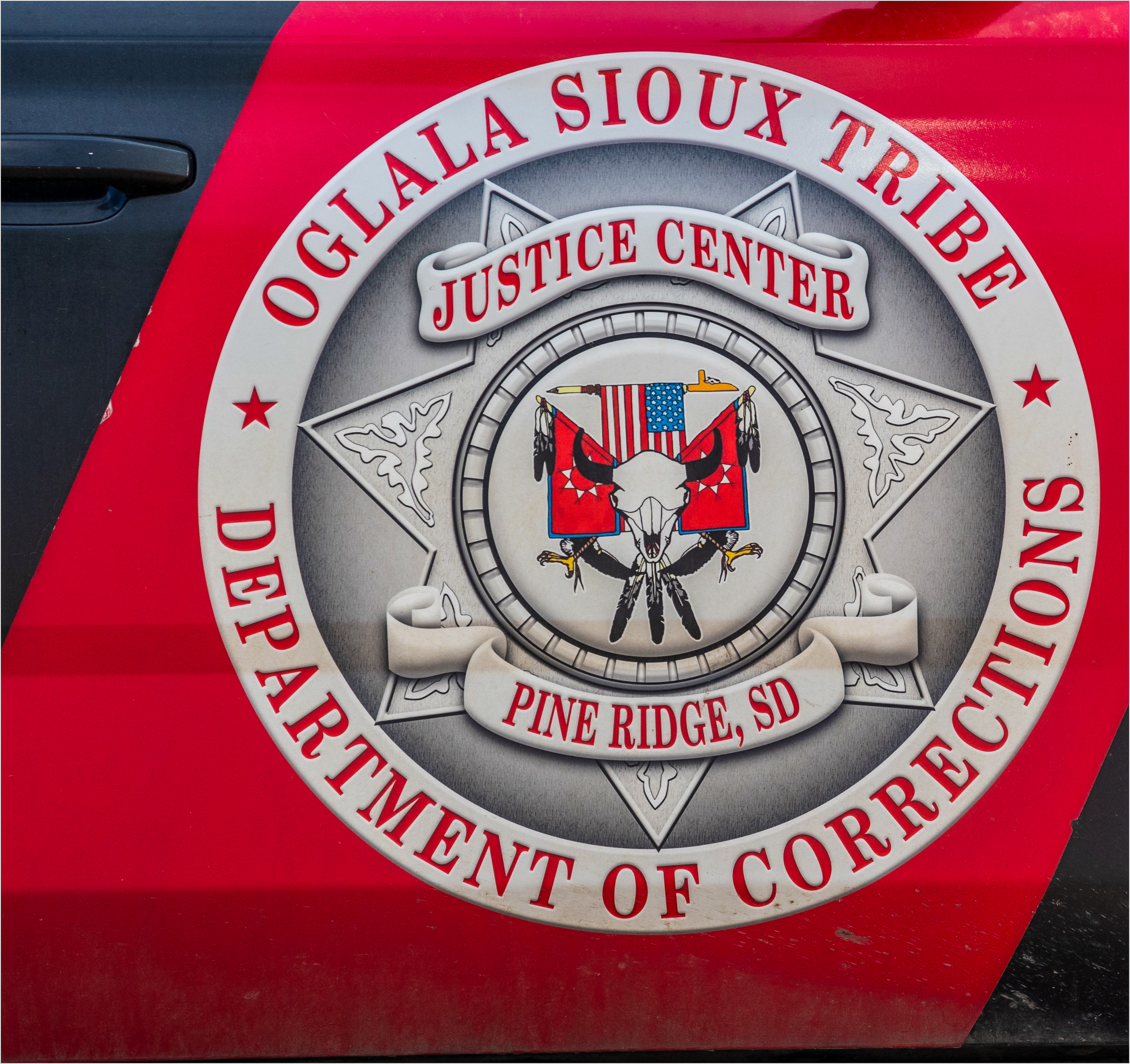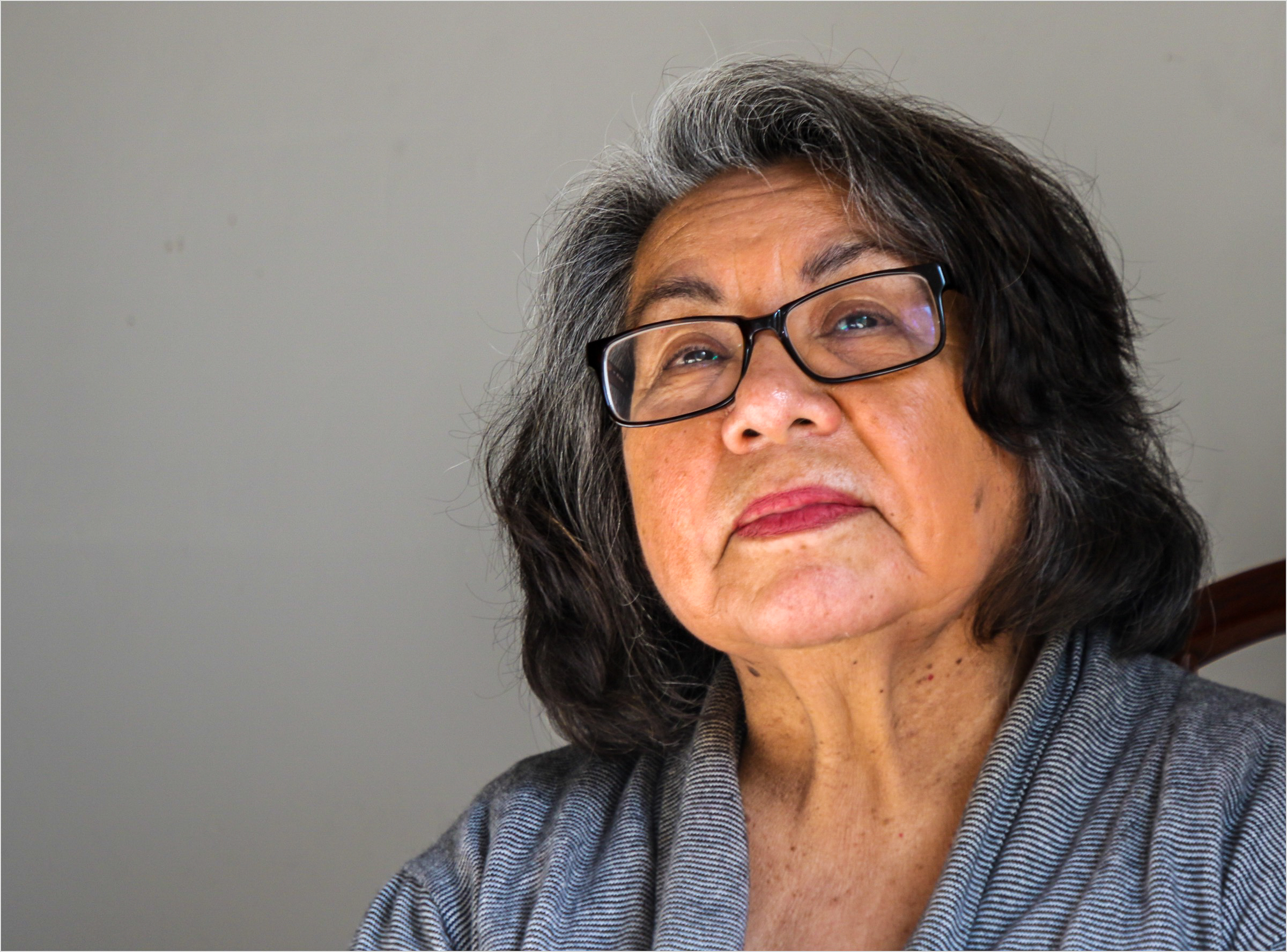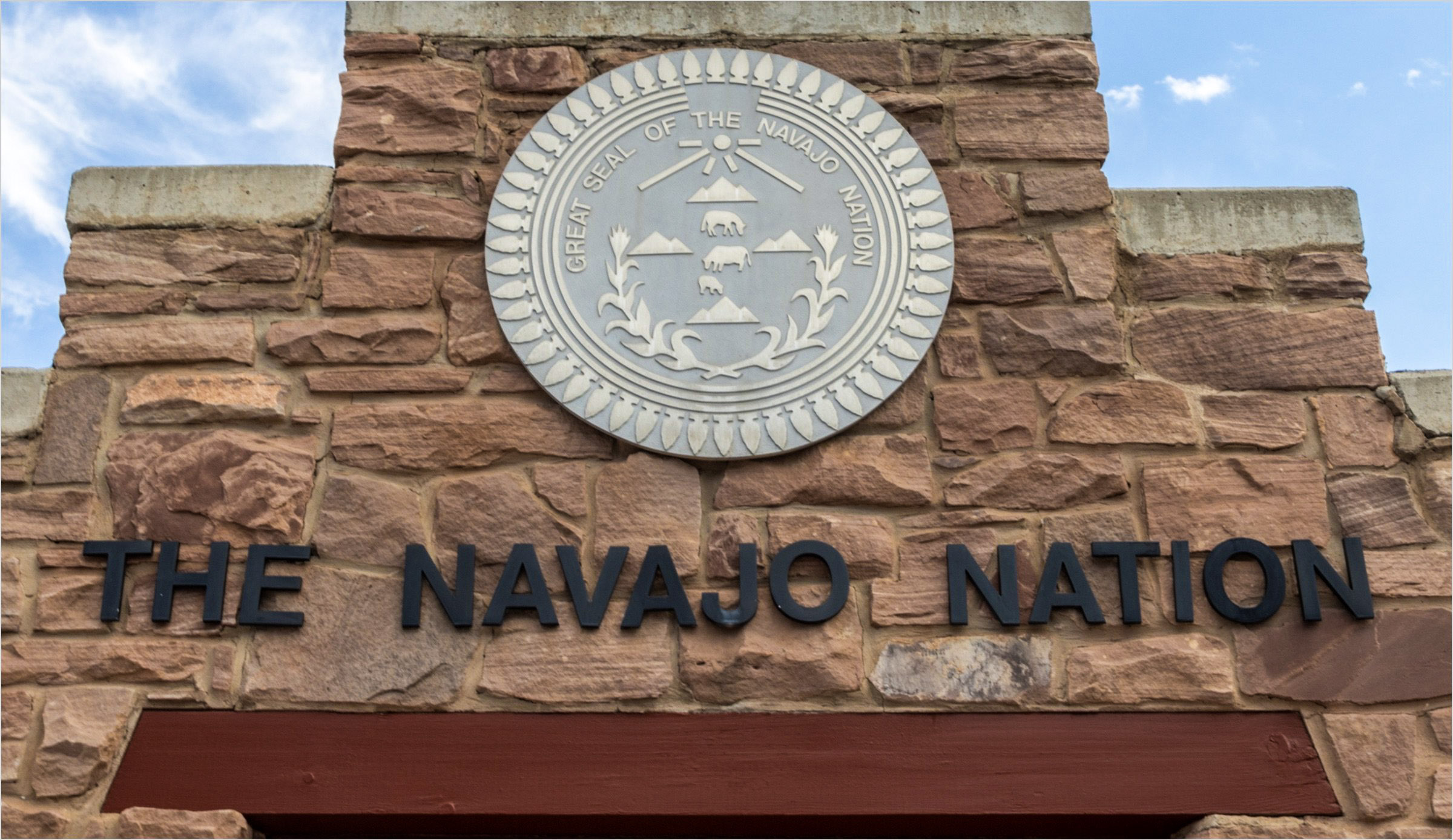Indianz.Com > News > Howard Center for Investigative Journalism: Child sexual abuse in Indian Country goes unprosecuted
Pathways to justice
Thursday, September 2, 2021
Howard Center for Investigative Journalism
Chapter 4 of four parts
Despite the problems of tribal authorities and limitations on their courts, many former U.S. attorneys believe the tribal justice system would be the most effective in dealing with crimes, such as child sexual abuse.
“I think that tribal investigators in these cases, in many instances are as skilled, if not more skilled, in investigating them than federal agents,” said Trent Shores, the former U.S. attorney in Oklahoma, who has also advised on Native American and Alaska Native issues at the federal level.
In addition to Shores, former U.S. attorneys from Arizona, Colorado, North Dakota and South Dakota — whose territories include some of the largest reservations — told the Howard Center that the long-term solution is to give tribes the authority and resources to prosecute crimes that occur on their own lands in the same way that states do.
To enable this would require what’s known as an “Oliphant fix” — overturning the precedent set in the U.S. Supreme Court decision Oliphant v. Suquamish Indian Tribe, which established that tribes do not have jurisdiction over non-Indian offenders.



Researchers Grace Oldham and Rachel Gold contributed to this story. It was produced by the Howard Center for Investigative Journalism at Arizona State University’s Walter Cronkite School of Journalism and Mass Communication, an initiative of the Scripps Howard Foundation in honor of the late news industry executive and pioneer Roy W. Howard. For more see azpbs.org/littlevictims. Contact the Howard Center for Investigative Journalism at howardcenter@asu.edu or on Twitter @HowardCenterASU.
Related Stories
Howard Center for Investigative Journalism: Tribal law and disorder (August 30, 2021)
Howard Center for Investigative Journalism: ‘No justice, just unfairness’ (August 24, 2021)
Howard Center for Investigative Journalism: ‘Little victims everywhere’ (August 18, 2021)
Search
Filed Under
Tags
More Headlines
NAFOA: 5 Things You Need to Know this Week
Chuck Hoskin: Cherokee Nation takes the lead for our environment
Native America Calling: Earth Day assessment for Native peoples
Cronkite News: Gathering addresses ‘epidemic’ among Native people
VIDEO: Cody Desautel on tribes and federal forest management
AUDIO: Legislative Hearing on Discussion Draft of Forest Management Bill
Native America Calling: Remembering the 1974 Navajo border town murders
Native America Calling: Can the right approach close the Native immunization gap?
Cronkite News: Long COVID cases remain high in Arizona
Native America Calling: Eyes in the sky for development, public safety, and recreation
Native America Calling: Three new films offer diverse views of Native life
NAFOA: 5 Things You Need to Know this Week
Chuck Hoskin: Cherokee Nation works toward cure for arthritis
Native America Calling: Protecting young people from the down sides of social media
Cronkite News: Fake ‘shaman’ among candidates failing to make Congressional ballot
More Headlines
Chuck Hoskin: Cherokee Nation takes the lead for our environment
Native America Calling: Earth Day assessment for Native peoples
Cronkite News: Gathering addresses ‘epidemic’ among Native people
VIDEO: Cody Desautel on tribes and federal forest management
AUDIO: Legislative Hearing on Discussion Draft of Forest Management Bill
Native America Calling: Remembering the 1974 Navajo border town murders
Native America Calling: Can the right approach close the Native immunization gap?
Cronkite News: Long COVID cases remain high in Arizona
Native America Calling: Eyes in the sky for development, public safety, and recreation
Native America Calling: Three new films offer diverse views of Native life
NAFOA: 5 Things You Need to Know this Week
Chuck Hoskin: Cherokee Nation works toward cure for arthritis
Native America Calling: Protecting young people from the down sides of social media
Cronkite News: Fake ‘shaman’ among candidates failing to make Congressional ballot
More Headlines


